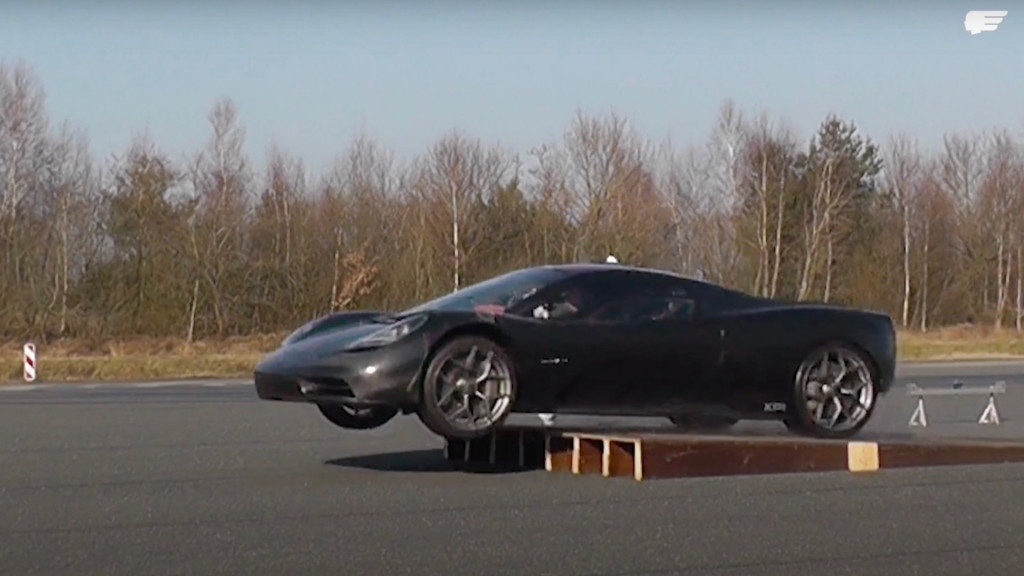- Quick Look at the 2020 Volkswagen Atlas Cross Sport | MotorTrend - March 13, 2024
- BMW Design – 2009 BMW Z4 – 2009 Detroit Auto Show - March 11, 2024
- Top 10 Car Features Women Love - October 7, 2023
Even low-volume supercars are torture tested to meet global homologation standards. Gordon Murray Automotive (GMA) recently released a video showing its T.50 being abused in the name of safety.
This round of testing is related to airbag calibration, GMA development driver Dario Franchitti explains in the video. Conducted at the ATP Papenburg facility in Papenburg, Germany, the goal was to make sure airbags didn’t deploy unnecessarily.
That meant subjecting the test car to forces production cars may experience, but where the driver wouldn’t want an airbag going off, such as striking potholes and railroad crossings, driving over infamously rough Belgian Pavé cobblestones, or even climbing a gravel mound.

Gordon Murray Automotive T.50 airbag calibration testing
In the more extreme tests, engineers drove the T.50 into a gravel heap at about 19 mph, launched it off a small ramp, and simulated a collision with a wild boar. The latter is one situation in which the airbags are actually supposed to deploy.
The prototype used in these tests—called XP1—survived everything intact. Having already seen a year of testing, it will be retired and used to train service technicians, and will then be put on display as a museum piece.
The T.50 aims to be the ultimate analog supercar. It’s powered by a naturally aspirated 3.9-liter V-12 that screams to 12,100 rpm. It produces 654 hp and 344 lb-ft of torque, which may not seem that impressive by modern supercar standards, but is still enough to chirp the wheels at just 3,000 rpm. Plus, that power is channeled through a 6-speed manual transmission.
GMA founder Gordon Murray also included a rear-mounted fan inspired by by the Brabham BT46B Formula One car he designed in the 1970s. The 15.7-inch fan can generate downforce or reduce drag, depending on the mode selected.
Only 125 T.50 supercars will be built, including 100 road cars like the one shown here, and 25 T.50s Niki Lauda track versions. Pricing starts at the equivalent of $3.26 million, but the entire production run is sold out.
Check out the embedded video to watch the T.50 encounter obstacles that would make any supercar owner wince.
